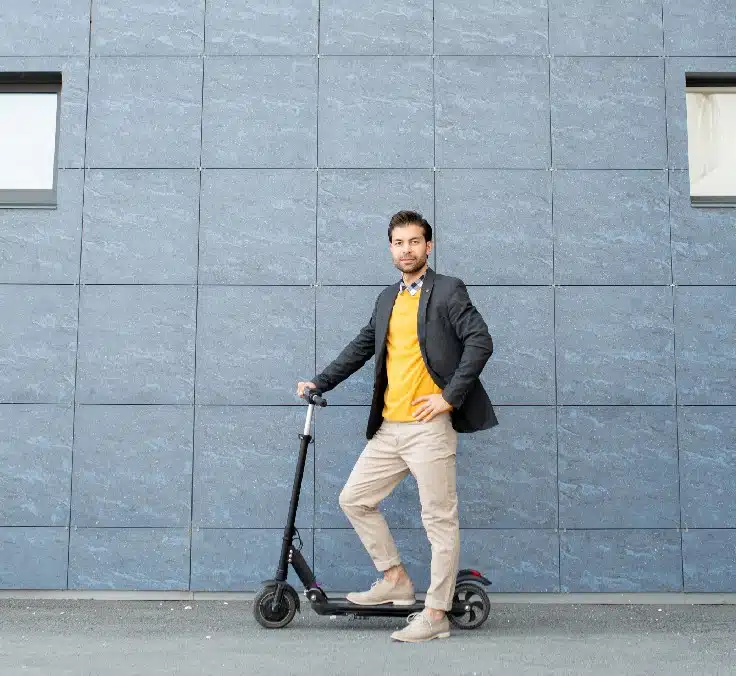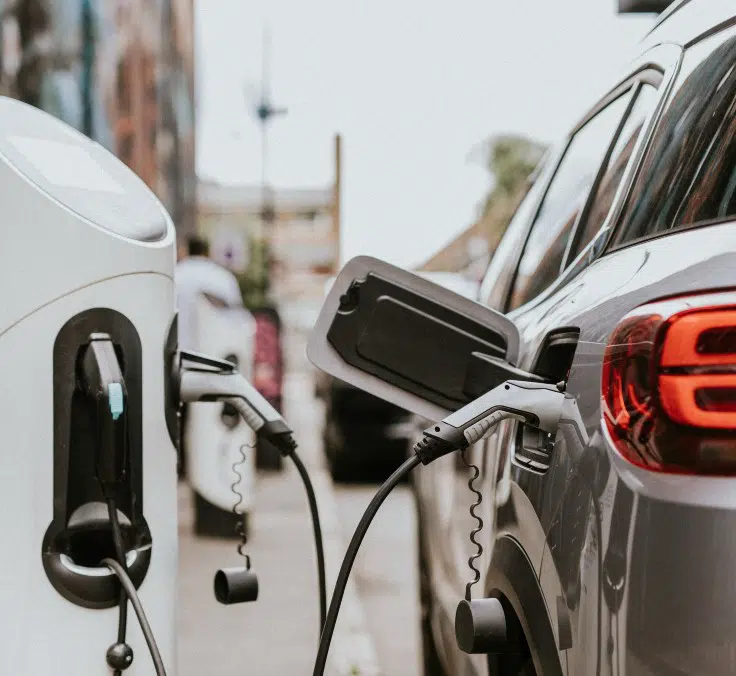INSURANCE | 07.01.2025
Insurance for new urban mobility
Electric scooters, shared bicycles, carsharing services, autonomous vehicles, etc. The current landscape of mobility in cities would have been unimaginable just a couple of decades ago. The revolution of the transportation ecosystem in urban centers has occurred at a dizzying speed and is having transformative effects on the insurance sector, which is adapting to meet users’ needs.
Whether we like it or not, cities have become the main protagonists of the 21st century. Currently, around 56% of the world’s population lives in urban areas. This trend is increasing, so much so that the United Nations estimates that by 2050 nearly 7 out of every 10 people will live in these spaces, meaning about 68% of the planet’s inhabitants.
Furthermore, at present, more than 500 cities have populations exceeding one million, and megacities—those with population centers of over 10 million people—already number more than forty worldwide.
New mobility on the rise
This growing mass is a major challenge for urban mobility, which in recent decades has undergone a significant transformation to adapt not only to population growth, but also to challenges such as climate change and the fight against pollution.
Several factors converge in this paradigm shift: the emergence of personal mobility vehicles, shared use, the trend toward transportation electrification, and the implementation of low-emission zones. The new ecosystem therefore ranges from electric scooters and shared bicycles to carsharing, autonomous vehicles, etc.
It is precisely this new mobility that will grow the most over the next decade. At least, this is the conclusion of a report prepared by the Oliver Wyman Forum and the Institute of Transportation Studies (ITS) at the University of California, Berkeley, which forecasts an average annual growth of nearly 10%, compared to a 5% increase for the sector overall.
Some cities are already making a difference, such as Copenhagen and Amsterdam, with models to follow in cycling mobility and efficient public transportation; Oslo, as a leader in the adoption of electric vehicles; Singapore, as a pioneer in the use of advanced technology for traffic management; and Helsinki, with its innovative mobility system that integrates various modes of transportation in one place.
Keys to the evolution of insurance
The rise of these new modalities is transforming the way we travel in cities and poses unique challenges for the insurance industry. Insurance companies are making a significant effort to adapt to the new landscape, focusing on the following key areas:
- Evolution of insurance. As new options emerge—such as shared transportation vehicles, micromobility platforms, and the growing use of electric bikes, scooters, and other electric vehicles—traditional insurance models must evolve. Insurance companies are developing specific products that address the risks associated with new mobility, from accidents to third-party damage, or that provide coverage to the fleets of companies that offer, for example, carsharing or ridesharing.
- Greater flexibility and personalization. Modern urban mobility also demands more flexible insurance solutions. Customers seek policies that adapt to their usage patterns. One example is insurance that allows drivers to pay for protection only for the time they are on the road. Another step is personal mobility insurance that encompasses different types of transportation.
- Promotion of sustainability. Insurance can play a role in promoting sustainable transportation practices. Some insurers are offering discounts or incentives for those who use electric vehicles or cycle.
- Use of technology and big data. Technology and data analysis are revolutionizing the insurance sector in the context of urban mobility. Insurance companies are leveraging big data to assess risks more accurately, allowing them to offer more competitive rates. In addition, the use of devices to track driver behavior enables real-time policy adjustments, enhancing both personalization and efficiency.
- Challenges and opportunities. Despite the opportunities presented by new urban mobility, there are also challenges. Regulation is a key aspect that must be addressed. Regulatory frameworks are still under development in many regions, which makes it difficult to standardize insurance coverage. Another issue that requires special attention is responsibility in the event of accidents involving multiple modes of transportation.
An innovative approach
In short, new urban mobility requires an innovative approach in the field of insurance. As cities adapt to new forms of transportation, this sector evolves to offer more flexible solutions that not only protect users, but also promote a safer environment, with the use of technology and a commitment to sustainability.
In this area, MAPFRE has insurance for electric scooters, ‘MásPatín,’ in Spain. Since 2021, it has offered its customers the ‘Cambio’ Range, an insurance product for electric and plug-in hybrid cars, specifically designed to cover the unique needs of this type of vehicle.
Verti also has its own personal mobility product, focused on providing coverage for public transportation, taxi, VTC, shared vehicles, and electric scooters. The type of transportation no longer matters—what counts now is the personalization of the offering.
RELATED ARTICLES:




